Every offseason, the Vancouver Canucks add new faces to their roster in the hopes of improving enough to host playoff games at Rogers Arena for the first time since 2015. This offseason was no different as they have added (so far) forwards Pius Suter and Teddy Blueger and defencemen Carson Soucy, Ian Cole, and Matt Irwin.
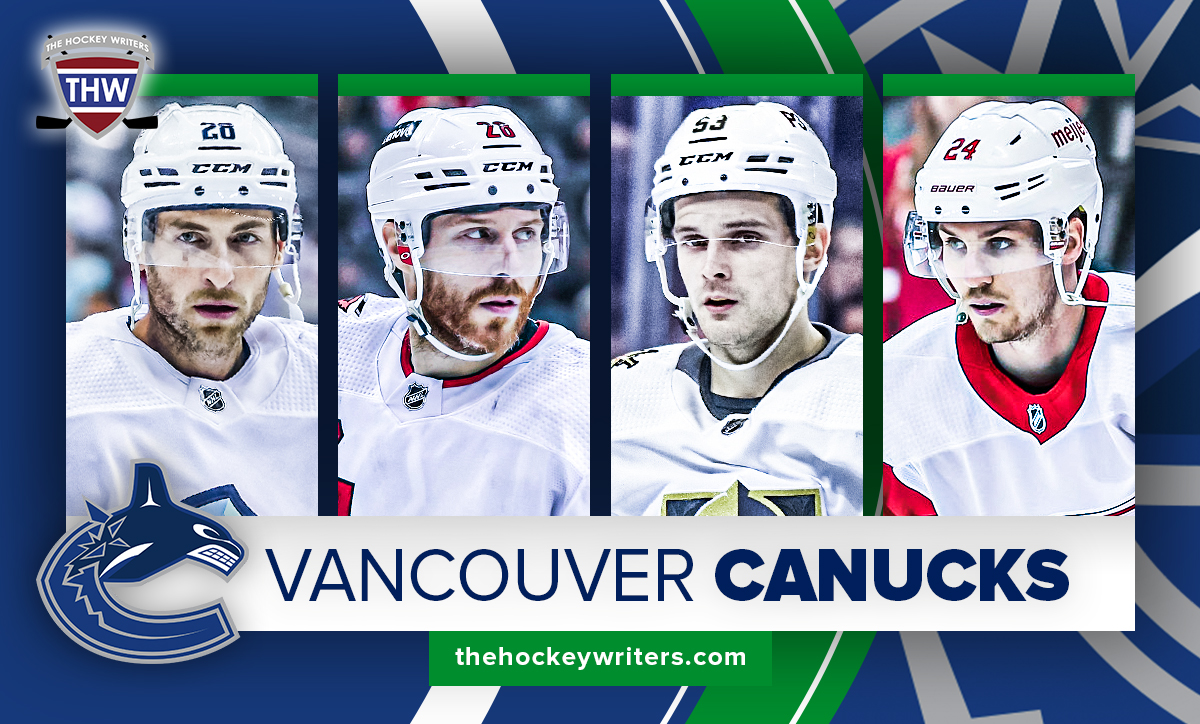
Now comes the fun part, my annual predictions for how they will do with the team this season.
Pius Suter
Suter is the latest addition to the Canucks roster for the 2023-24 season and like Thomas Vanek in 2017, could be the most impactful when we look back at the offseason in a few months. While he doesn’t have the same history of offence and goalscoring, he will bring versatility to the lineup and most importantly, a boost to a penalty kill that finished dead last in the NHL last season.
Since arriving in the NHL with the Chicago Blackhawks in 2020-21, Suter has scored more than 10 goals every season and has established himself as a reliable two-way forward that can play up and down the lineup and on both special teams. He hasn’t proven to be the most productive on the power play, logging only a goal and five assists, but that could change this season as he might be centering the second unit alongside some skill in Conor Garland, Ilya Mikheyev, and Anthony Beauvillier. As for the penalty kill, that has been his bread and butter over the past couple of seasons as he logged an average of 1:43 shorthanded and scored three goals.
Related: 3 Songs That Canucks Fans REALLY Don’t Like
Needless to say, Suter’s versatility will be welcomed with open arms in Vancouver and could lead to a career year offensively for the Swiss-born pivot. He should be playing with some skilled forwards on the third line and might even see some reps in the top-six as a winger alongside Elias Pettersson or JT Miller. As such – and this may be a bold prediction – I see him hitting 20 goals for the first time in his career.
Prediction: 21 goals, 40 points playing consistently on the power play and penalty kill
Teddy Blueger
Blueger was the projected third-line center before Suter was signed, now he’s the de facto fourth-line center ahead of Nils Aman. Honestly, that might be the best place for him considering he’s only scored 35 goals in the NHL so far and has never hit double digits. In fact, his career-high is only nine goals. That type of production is more in line with a fourth-line forward rather than someone in the top-nine. Regardless, he should still be an impactful addition to the Canucks’ lineup with his hockey IQ, energy, and physicality.
Some fans on social media have suggested that Blueger should play center on the third line with Suter due to his faceoff ability, but I think the Canucks would be better off spreading their depth out to create four lines with established NHL centers. With that being said, Aman showed well last season and impressed with four goals and 16 points, along with surprisingly dependable defensive hockey. However, his faceoff numbers were abysmal, clocking in at 38.2 percent. Unless he has improved that skill in the offseason, Blueger is the better option going into 2023-24.
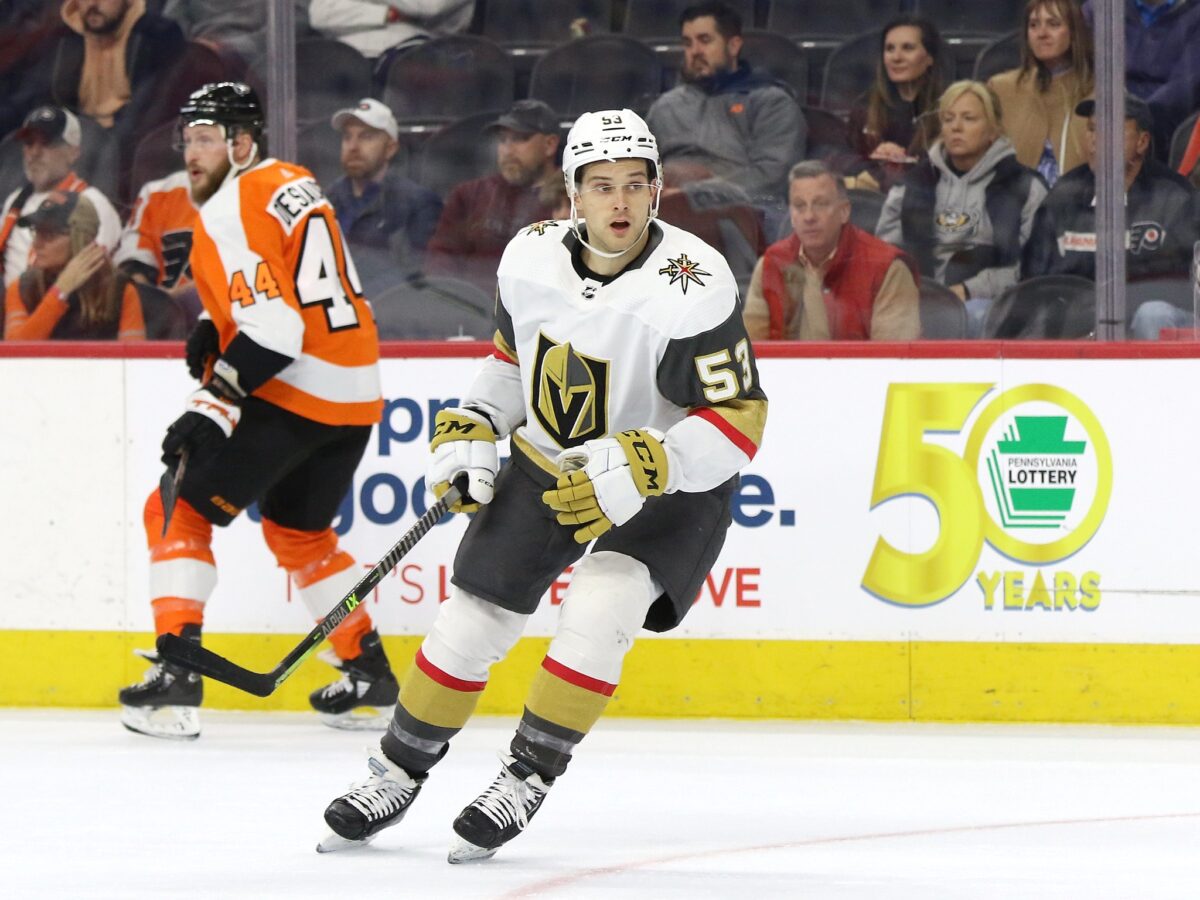
Blueger probably won’t be a major contributor to the offence, but he should upgrade the penalty kill and help the fourth line with puck possession. The ability to win faceoffs is an underrated skill in hockey and he has proven to be solid in that department over his NHL career. He has been over 50 percent in the last two seasons (52 percent in 2022-23 and 53.1 percent in 2021-22) and with Bo Horvat in New York now, the Canucks need all the help they can get in the faceoff circle. All in all, I am expecting he will be a key piece of the team this season.
Prediction: Seven goals and 20 points with ample time on the penalty kill, likely on the first unit
Carson Soucy
On July 1, the Canucks decided to focus on defence and signed Soucy to a three-year deal worth $3.25 million average annual value (AAV). Formally of the Seattle Kraken and Minnesota Wild, his physicality and two-way game will help improve a unit that finished as one of the worst in the NHL last season. Penciled in to replace Luke Schenn on the top pairing with Quinn Hughes, he will be expected to be the defensive conscience while Hughes does what he does best – drive the bus offensively.
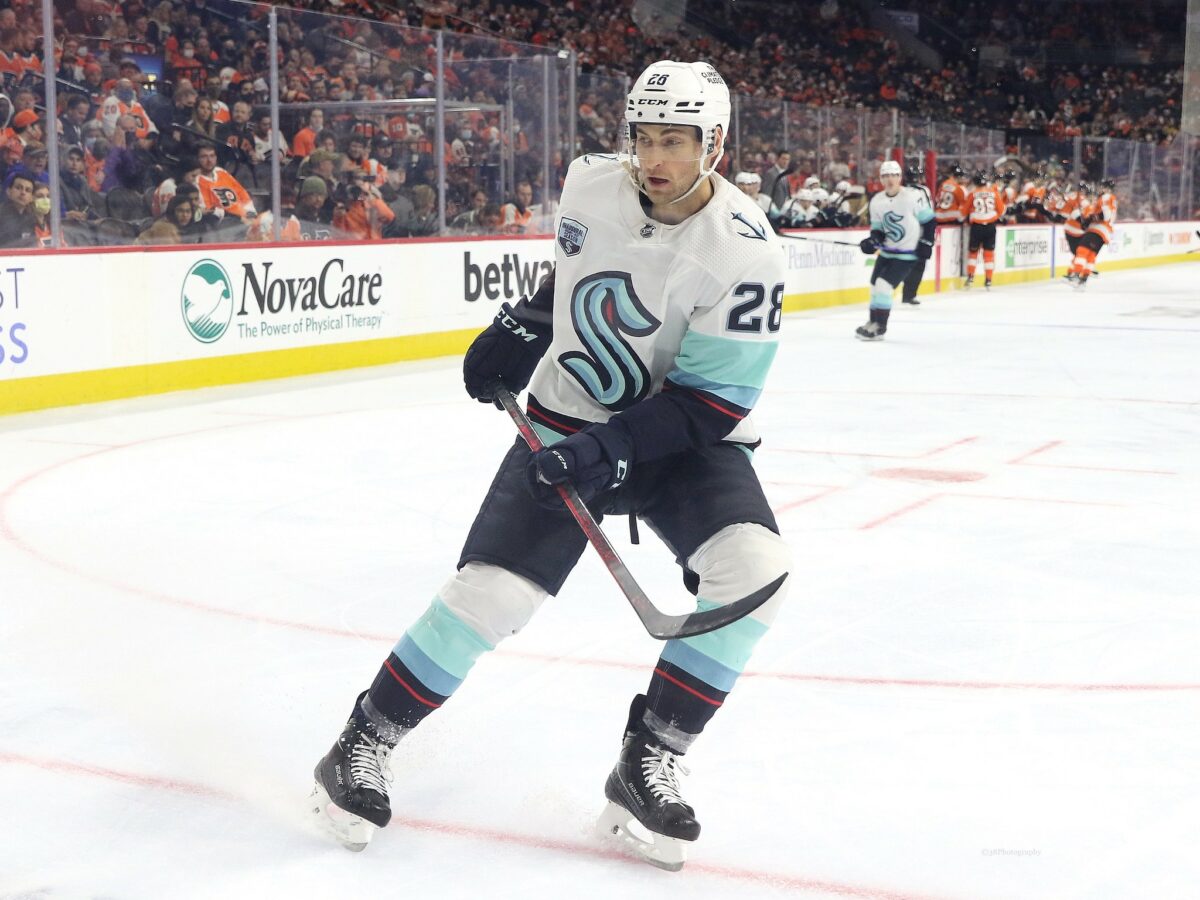
Soucy is well-equipped to do just that as evidenced by his hits (143), shot blocks (96), and plus/minus (plus-18) last season. He also had a solid 52.1 Corsi For percentage, which will pair nicely with the puck possession game Hughes likes to play on the back end. All in all, he might be the best free-agent signing on defence since Dan Hamhuis in 2010.
Prediction: Five goals and 35 points with a lot of time on the penalty kill.
Ian Cole
There was a common theme running through July 1 for the Canucks – physicality and the ability to play on the penalty kill. All five additions on the opening day of free agency fit that description – Cole chief among them. I compared Soucy to Schenn earlier on, but Cole might be the better comparison. A veteran of 748 games in the NHL (and a two-time Stanley Cup winner), he has become known for his bone-jarring hits and willingness to throw his body in front of a shot. He has hit triple digits in hits in five of his 13 seasons and has logged more than 100 shot blocks seven times. I think it’s safe to say that he isn’t afraid to sacrifice his body for the sake of the team.
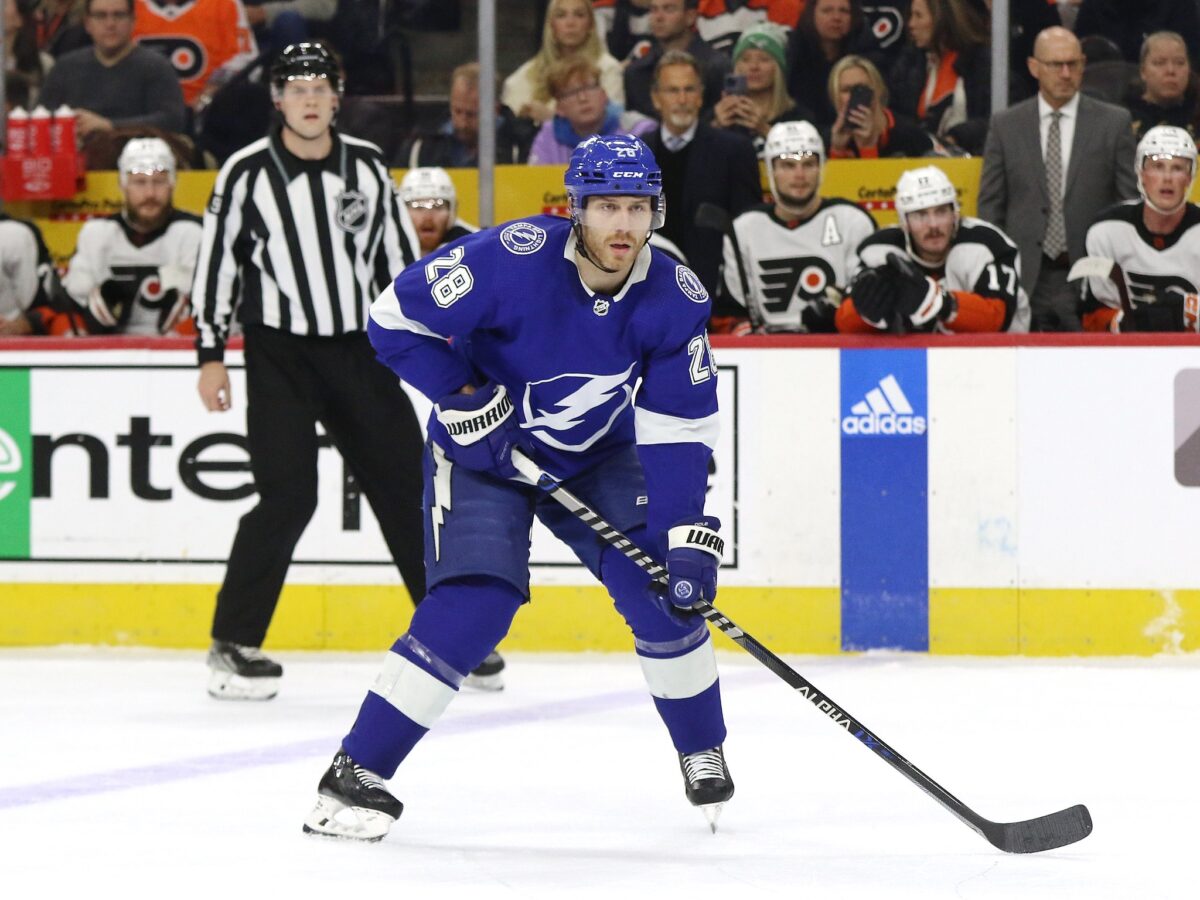
Like the aforementioned Soucy, Blueger and Suter, Cole should help boost the penalty kill back to respectability and make the Canucks a much tougher team to play against. He will also likely become a favorite of head coach Rick Tocchet as he plays the game very much like he did in the 80s and 90s.
Prediction: Four goals, over 100 hits and shot blocks, and one of the leading defencemen on the penalty kill
Matt Irwin
It’s tough to say how many games Irwin will get in a Canucks uniform this season, but with the injuries that usually accompany the back end every year, I am going to guess quite a few. He is set to begin the season as the seventh or eighth defenceman, but could very well be on the opening night roster on a pairing with Tyler Myers. He was a surprising regular with the Washington Capitals last season when he suited up for 61 games, so he could definitely beat out someone like Akito Hirose with a strong training camp.
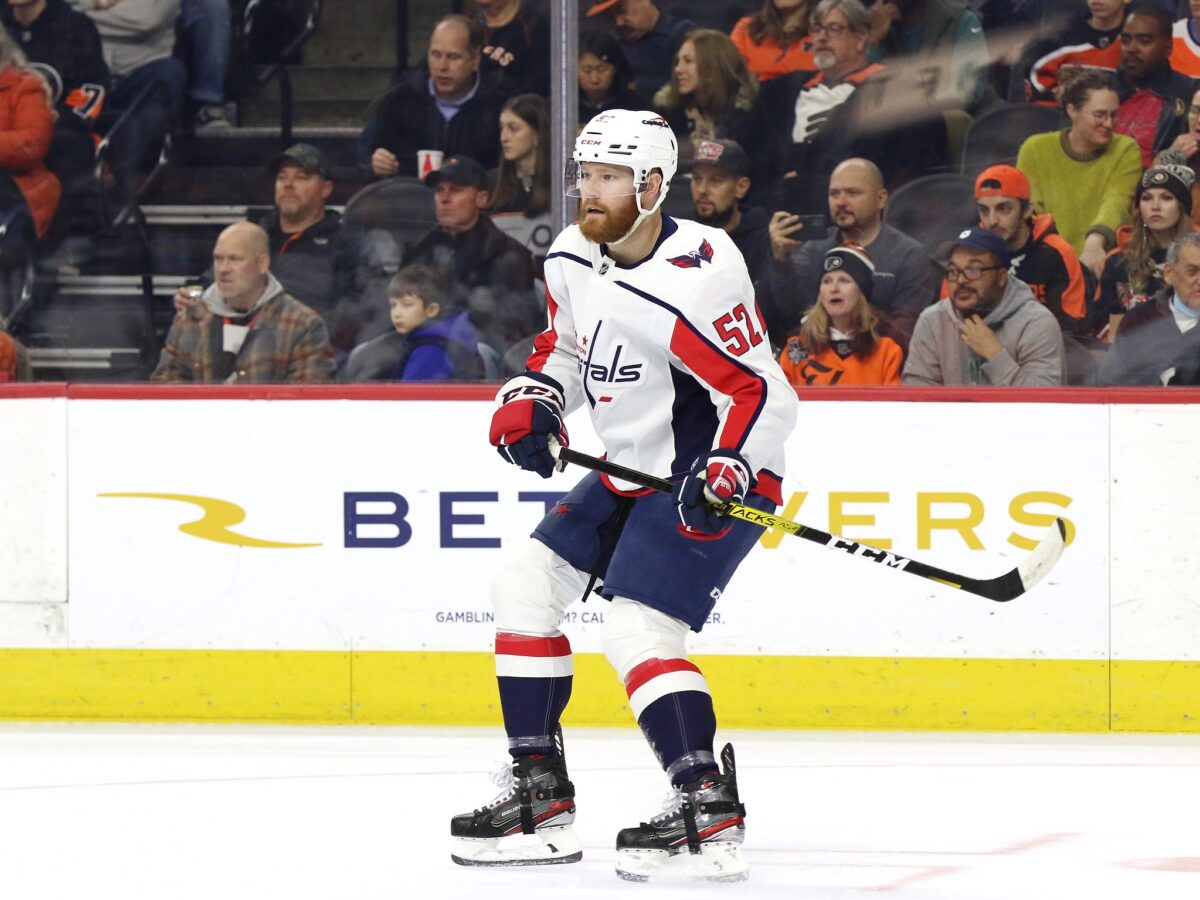
Throw in the fact that Irwin fits the description of physical and hard to play against, and he might pull a Kyle Burroughs and impress the coaching staff enough to earn a regular spot in the lineup. Another veteran of over 400 games in the NHL, he will at the very least be a decent stopgap for injuries and someone that the fans and media won’t panic about when he is thrown into the top-four and the penalty kill. With 117 hits and 75 shot blocks last season, he could turn out to be an underrated signing for the Canucks by the end of the season.
Prediction: At least 30 games and the seventh spot in the defence corps
Canucks Hope (Again) New Additions Bring Playoff Games to Rogers Arena
I have now done this article three times and in the previous two, I was hopeful that the new additions would bring playoff hockey to Rogers Arena for the first time in what seems like an eternity. Last season it was Andrei Kuzmenko, Ilya Mikheyev, Curtis Lazar, and Dakota Joshua that I was banking on. For the most part, they all did their job as Joshua was a wrecking ball and an 11-goal scorer, Kuzmenko broke Pavel Bure’s rookie record for goals and Mikheyev (before his injury) seemed to fit right in with Pettersson on the top line. Even Lazar was a decent fourth-line center before he was traded to the New Jersey Devils at the deadline.
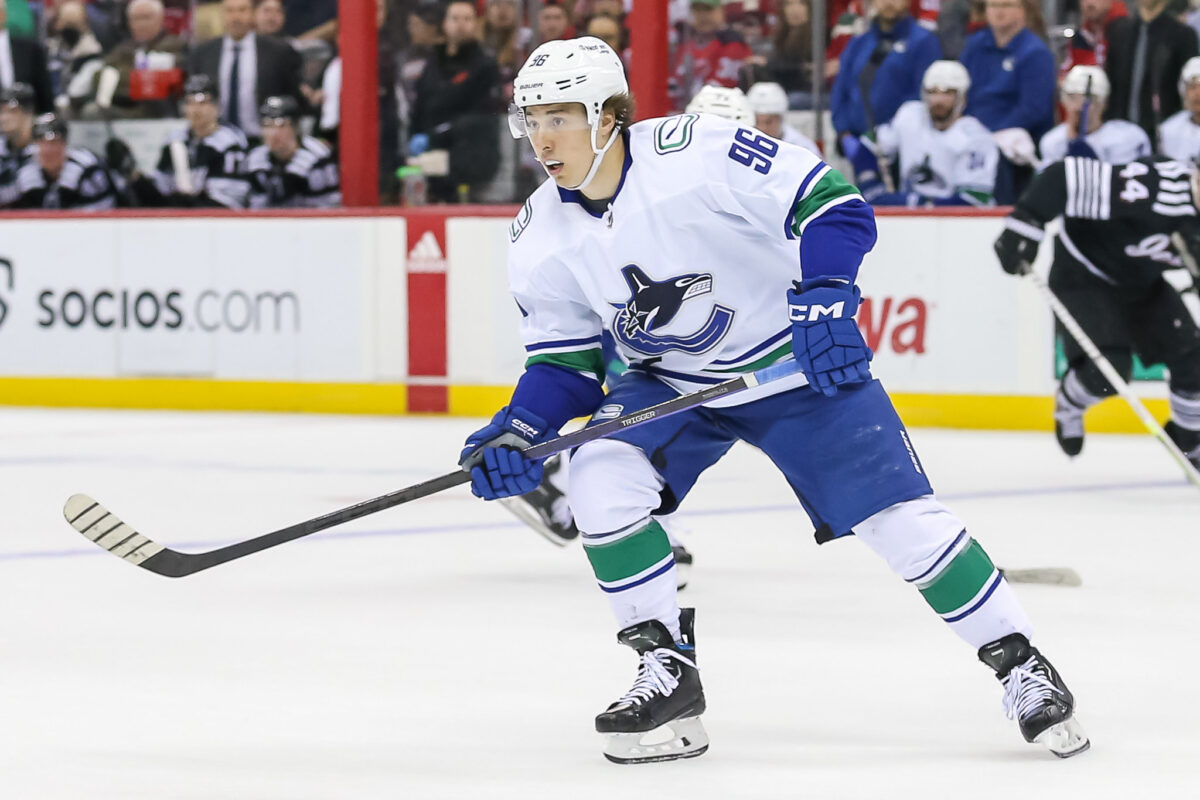
(Jess Starr/The Hockey Writers)
This year, I am hopeful once again that the new faces will bring the white towels back to Vancouver. They are definitely a better team defensively and still have a lethal top-six anchored by Pettersson, Kuzmenko, JT Miller, and Brock Boeser. With an improved defence led by the ever-dynamic Hughes and a deeper bottom-six led by Suter and hopefully the resurgence of Vasily Podkolzin and Nils Hoglander, they should be a playoff team. But we will just have to wait and see when the puck drops on Oct. 11.
All stats were from NHL.com and Hockey Reference

